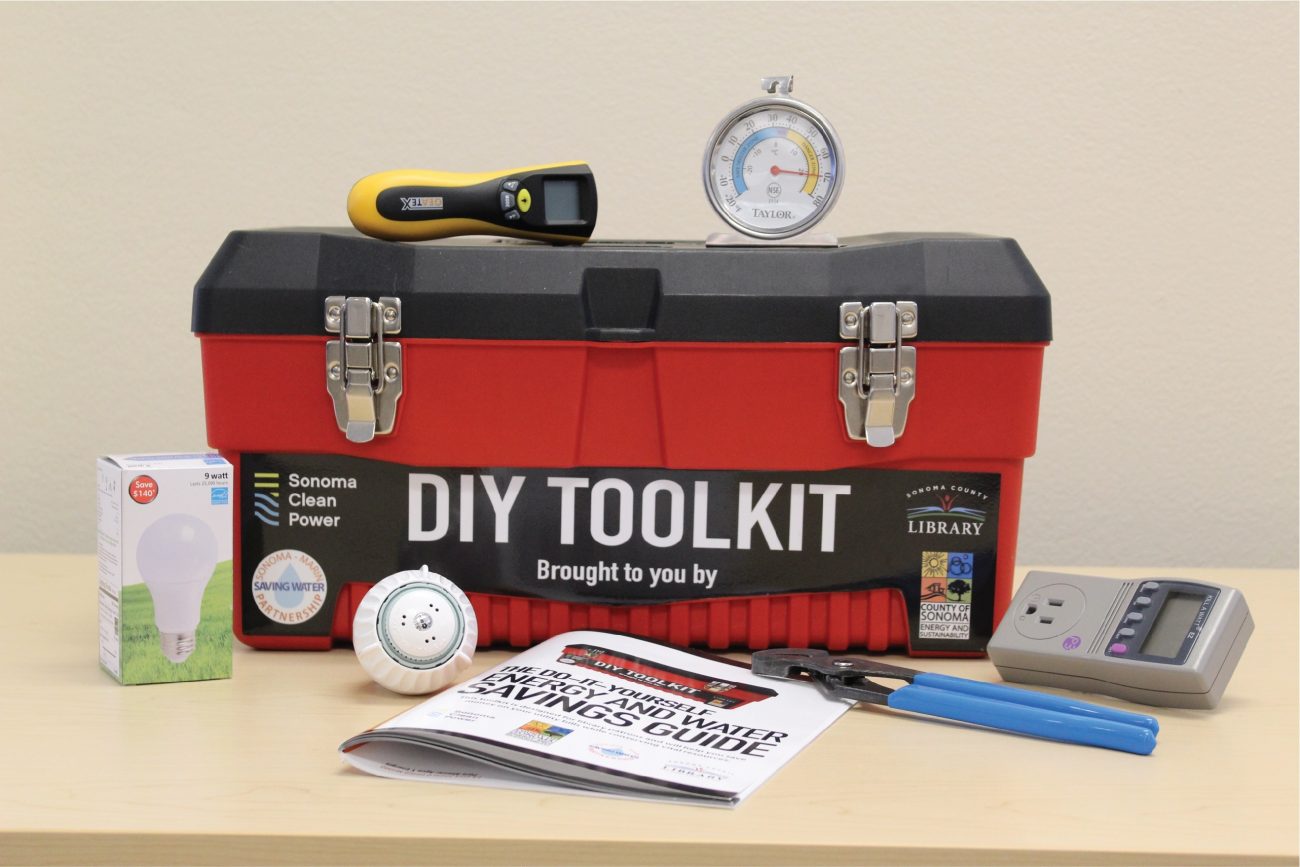Published on 01/09/2020
by Barbara Quick, Guest Writer & SCP Customer
Places written about in travel magazines, chosen as dream destinations by tens of thousands of people from all over the world.
Like most customers of Sonoma Clean Power, I want to do as much as I can to preserve the beauty and conserve the natural resources of our Northern California home. My husband and I have taken advantage of as many opportunities as we’ve been able to find for people determined to reduce their own carbon footprint.
We grow a lot of our own food. We became EverGreen customers from the get-go. Availing ourselves of the tax advantages and no-cash-up-front programs offered by Sonoma County Energy Independence Program (SCEIP), we installed a cool roof with solar panels, energy-efficient upgrades for our insulation and windows, a solar tube to bring in more natural light and, last year, bought an all-electric car.
But none of this has dispelled the sense of helplessness we both feel as the planet heats up more and more, and the divisive politics surrounding climate change continues to hamstring bold collective action.
The best antidote for feeling helpless is, of course, to take matters into one’s own hands!

That’s the feeling I got when I went to my local library and checked out the Do-It-Yourself Energy and Water Savings Toolkit and Guide. Walking back to my car with that serious-looking red toolbox in my grip made me feel just as empowered as I did, many years ago, when I bought a cordless electric drill.
I also felt—well, just a little bit intimidated, in the same way I do when facing any home-improvement project. After reading through the guide, I realized that the three-week checkout period probably wouldn’t be long enough, given my schedule, for me to actualize all the energy-saving tips outlined so clearly, with step-by-step instructions, including scan-able QR codes that lead to videos.

TIP: If you encounter a QR code that doesn’t work, you can do an easy internet search for the relevant topic and locate a DIY video to guide you.

But then I thought, well, why not just do as much as I can for now? Everyone, including me, has a busy schedule. I figured I would make whatever improvements I can, reserving the possibility of checking out the kit a second or third time.
The DIY kit contains nifty tools you can use to give your house an energy check-up all on your own—and free equipment that will reduce your energy use as well as your monthly utility bills.
The four free lightbulbs in the kit are themselves worth a trip to the library! Each 9-watt LED bulb, with a pleasantly warm light, can save you up to about $135/year if the bulb is in use for three hours every day. Think about all the lightbulbs you have in your house (or your business, if you’re a business-owner).
As pointed out in a recent Press Democrat editorial, LED bulbs cost only $1 for every $4.80 spent per year on an incandescent bulb—and last up to 25 times longer! You’re saving not only money but also saving yourself the repeated hassle and hazards associated with changing out the lightbulbs in fixtures that require a ladder to reach them.
You get to feel good, too, about helping to keep the planet habitable! A study done in 2017 showed that carbon dioxide emissions were reduced that year by 570 million tons worldwide, thanks to the use of LED bulbs. This is comparable to shutting down 162 coal-fired power plants. It’s heartening to think that each and every one of us can make this happen more and more every year, one lightbulb at a time.
I used the toolkit’s big roll of weather-stripping (and a door-sweep I bought at the hardware store) to seal the leaky door between our laundry-room and the kitchen.
It’s fun to use the infrared laser thermometer included in the kit to check for heat loss around windows, vents and door jambs (spelled, whoops, “door jams” in the guide).
TIP: Ask your librarian to make sure both the infrared thermometer and the Kill-a-Watt® meter have batteries full enough to function properly.

I found the Kill-a-Watt® meter a little hard to use until I figured out that it’s so much easier if you plug it into an extension cord rather than directly into an outlet (given that these are so often in hard-to-reach—and hard-to-see—places).
The kit gives you tools for measuring and reducing your water use, yielding considerable potential for saving money while conserving resources.
We’re lucky to live in this place, for so many reasons—and there are so many Sonoma Clean Stories to tell!
What ways have you found to save on energy use and reduce your household’s carbon footprint? Write to community@sonomacleanpower.org.
Novelist, journalist, and poet Barbara Quick lives on a small farm just outside of Cotati.

Photo Credit: Stephen Gittins